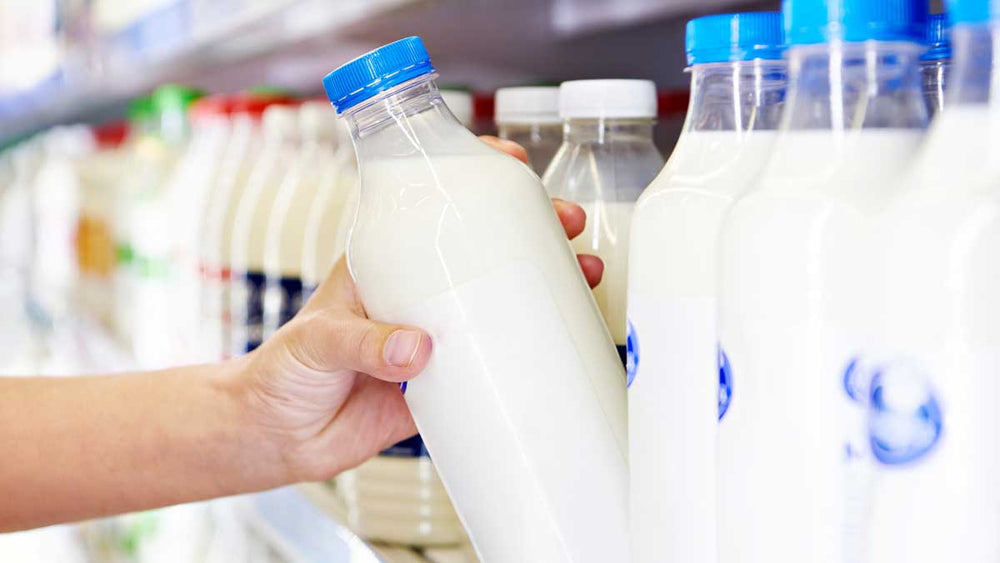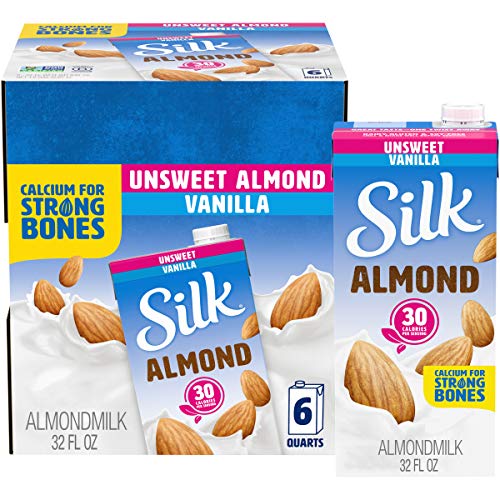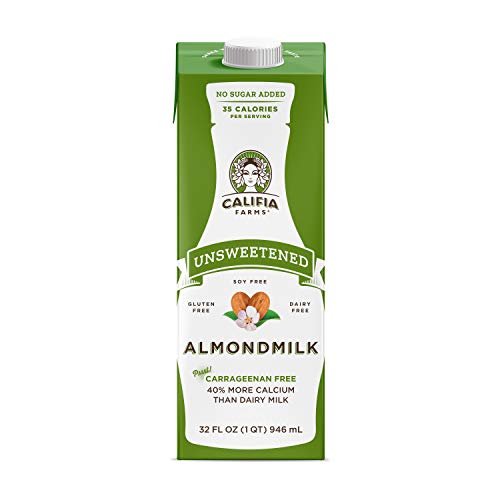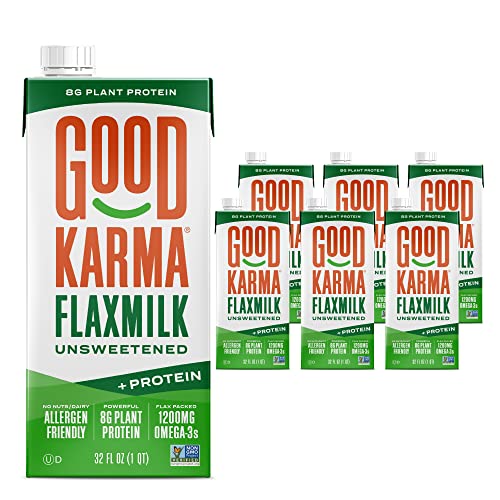Comparing Nutritional Profiles: Dairy Milks vs. Non-Dairy Alternatives
These days, milk can be made out of almost anything. The grocery store's dairy section has so many choices it can be hard to “milk” up your mind about which product to pick! To make your life simpler, I’ll be clarifying some of the nutritional differences between the most common milk products. Let’s start by taking a look at our traditional dairy milk.
Dairy Milks
Dairy milk can come from various animals, such as cows, goats, or sheep. Today, we will focus on the most common dairy milk, cow’s milk. According to US Dairy, cow’s milk contains 13 essential nutrients, including calcium, protein, vitamin D, potassium, and B vitamins. It also contains lactose, a naturally-occurring sugar found in milk products.
Dairy milk also contains saturated fat. This is the kind of fat that is solid at room temperature and is associated with increased levels of LDL cholesterol in the blood. When this kind of cholesterol is too high, it can increase your risk of heart disease. The American Heart Association recommends limiting saturated fats to less than 6% of total calorie intake. This is equivalent to 13g of saturated fat daily in a 2,000 calorie/day diet.
Dairy milk is classified based on how much dietary fat it has. Knowing the categories can help you choose the right dairy milk, depending on your health goals.
Whole milk has the highest saturated fat content, with roughly 8g of fat per 8 oz serving. Because it has the highest amount of saturated fat, it also contains the most amount of calories. This makes whole milk a good option for individuals trying to increase their total caloric intake. However, a lower fat option may be better for those at increased risk of heart disease.
Reduced fat milk is also called 1% or 2% milk. On average, this milk contains about 3g of saturated fat per 8 oz serving. This makes it a better choice for individuals trying to protect their heart health, but it still contains more fat than skim milk.
As a dietitian, I typically recommend skim milk for the majority of my dairy milk drinkers. This is because it is fat-free but maintains the same amount of calcium and protein as other dairy milk options.
Lactose-free milk is the final type of dairy milk we will discuss today. As the name suggests, this type of milk does not contain the sugar lactose, which many Americans are intolerant to. It can be found in a range of fat content to customize your drink of choice further.
Non-Dairy Milk Beverages
Now let’s talk about non-dairy milk. These choices are becoming increasingly popular as we see a rise in plant-based eaters, and individuals with lactose intolerance opt for a non-dairy option altogether. Some individuals, myself included, prefer the taste of these plant-based milks. While it seems that every day there is a new non-dairy milk option being offered, I will focus on 3 of the most popular choices: soy, almond, and oat milk.
Soy milk is made from soybeans and water. It is the most similar plant-based option compared nutritionally to dairy milk, as it contains many of the same micronutrients. At about 7g of protein per serving, it is also the only non-dairy milk that naturally contains as much protein as dairy milk. The even better news is that it has less saturated fat than dairy milk since most saturated fats come from animal products.
Almond milk, as the name suggests, is made from almonds and water. While almonds naturally contain calcium and protein, this typically does not translate to almond milk. Most almond milk manufacturers add calcium and other micronutrients to make it more comparable to dairy. Unfortunately, almond milk products also contain additives such as sugar, emulsifiers, and flavoring agents to help enhance the taste and preserve the product.
The bright side is that almond milk is low in fat. If you prefer the taste of almond milk over other milk choices, make sure to look for the brands that fortify their beverages with the nutrients you may be lacking.
Oat milk’s composition is similar to almond milk. Unless enriched, it does not contain significant amounts of calcium, vitamin D, or protein. However, it is higher in carbohydrates than the other non-dairy milk we have mentioned. The exact amount of carbohydrates per serving varies across brands but is typically between 1-1.5 servings of carbohydrates. This is important to remember if you are insulin resistant or watching your total carbohydrate intake.
Now that you know more about the nutritional composition of the jugs on the shelf, your decision-making process will be as smooth as milk!
- US Dairy. (n.d.). Is milk good for you?. US Dairy.com Retrieved August 9, 2023.
- American Heart Association. (2021). Saturated Fat. heart.org. Retrieved August 9,2023.




















Comments
Join The Conversation...